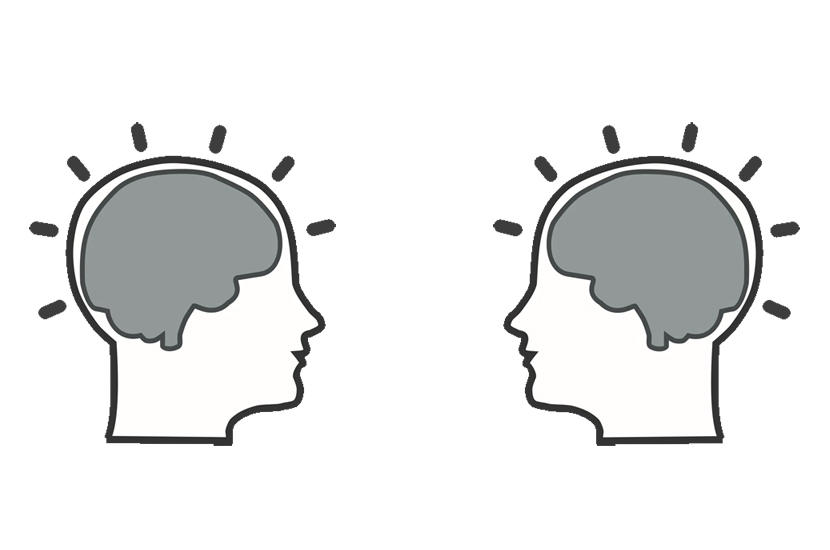When I first meet people and tell them about what I do, a common question is “What the **** is NeuroLeadership?” It’s definitely a field of study that has not yet entered the mainstream leadership vocabulary, even if they are already acquainted with prevailing research. As defined by the NeuroLeadership Institute, NeuroLeadership is “a specific new field dedicated and committed to exploring the processes in the brain that underlie or influence human decisions behaviors, and interactions in the workplace and beyond” (Ringleb and Rock 2008). Specifically, it explores the neural basis of leadership and management practices and how they intersect with social-cognitive neuroscience, neurobiology, and the social sciences.
Now, that’s a mouth full! In layman’s terms, we’re talking about how to “improve leadership effectiveness within institutions and organizations by developing a science for leadership and leadership development that directly takes into account physiology of the mind and the brain.” More and more, organizations have noticed an increased need for the efficient and effective development of leaders and of processes for continuous improvement in leadership quality.
Leadership theorists and leadership skills have previously been categorized as “soft” science in that it has been mostly based on social psychology and behavioral science – that which is observable. Leadership theorists would observe what people did in leadership roles and find trends across sample populations. They would then hazard educated guesses at cause and effect, presumably trying to predict how future actions would play out. It seemed to be a somewhat reliable method dependent on predictable probabilities, but it was an imperfect system that didn’t really get to the root of how these leadership trends were taking place.
First, neuroscience provides the evidence-based “hard” science. Second, the efficacy of leadership development efforts can be significantly improved by identifying the active neurobiological functions that occur in the brain when it’s involved in leadership tasks. And, third, neuroscience provides the rigorous scientific structures to guide and promote new research and insights into the leadership development process going forward.
According to the researchers, “NeuroLeadership focuses on how individuals in a social environment make decisions and solve problems, regulate their emotions, collaborate with and influence others and facilitate change; that is, neuroleadership engages the “people,” as opposed to the functional side of business” (Minzberg 2004). Because this research is emerging simultaneously with developments in technologies that provide us the ability to directly observe brain activity, researchers are able to both confirm and generate new insights into long-held leadership theories and concepts.
Although fMRI was used by neuroscientists in the 1990s, the technology only began to play an integral role in social psychological research after 2000. Since then, “social-cognitive neuroscience research has grown exponentially, covering such diverse topics as empathy, social rejection, self-awareness social factors in economic decision making, theory of mind, social connection, and emotion regulation-all of which are of significant interest to leadership theorists” (Ringleb and Rock 2008).
Clearly, there is a notable hunger for more effective tools and techniques when it comes to leadership development. While traditional MBA programs do emphasize scientific research when developing students for leadership roles, it is limited. They do little in the areas of contemporary science that probably hold the greatest promise for business education: cognitive science and neuroscience (Bennis and O’Toole 2005). Rock and Schwartz published an article in 2006 that first began to define the field (‘The Neuroscience of Leadership’) and it quickly became one of the most downloaded articles in strategy+business magazine’s history.
In the next few blog posts, I will be covering the four facets of NeuroLeadership mentioned above: Making Decisions, Facilitating Change, Collaborating with Others, and Self Regulation.





